In a chaotic world, Kochi, Japan, is the wellness retreat you didn’t know you needed
The word Kintsugi is somewhat special in Japanese. It refers to taking something cracked or broken, like porcelain or bone china, and bringing it back together with golden joinery. The repaired object is no longer seen as damaged. Instead, it is viewed as beautiful and perfect thanks to the new golden decoration.
Sometimes, I think us humans need some magic repair to make us whole again, and unbeknown to me, my trip to Kōchi, a stunning forested prefecture on Japan’s Shikoku island was going serve as my Kintsugi.
The Kochi Prefecture of Japan isn’t usually the first point of call tourists head to after landing in Tokyo, but I was very eager to see what this nature wonderland was about. The more I read up and discovered before my trip, the more my excitement levels grew – and the more I realised I needed this kind of vacation.
With pilgrimages spanning more than 80 treasured temples, to traditional knife-making workshops, rugged coastlines to afternoons spent kayaking along smooth rivers edged by forest, Kochi was starting to sound to me like a lot more people deserved to know of its existence.

Kochi Japan is the ideal wellness retreat thanks to its harmony with nature
Arriving into Kochi city after the grey night before in Tokyo, it was literally a breath of fresh air. The sun was shining, the waters of the ocean were sparkling, and all around me, steep green mountain hills were peppered with the last oranges of autumn.
The term ‘wellness travel’ is apparently on the tip of every tourism boards tongue these days, every tourism board except Kochi it seems. Perhaps it’s because they are unaware of just how wellness-minded their destination is, or more likely, it’s because wellness is such a staple of Japanese culture, it isn’t something you need to travel for. Either way, my trip to Kochi turned out to be the perfect wellness retreat in Japan.
Heading north along route 55, which I can only assume is Kochi’s coastal version of Route 66, forested mountains loomed over me to the left, while the ocean showed off its power to the right. The occasional Tsunami tower, metal structures to be climbed in case of an emergency, breaking the sea views.
Pulling into a small parking lot, marked by an almost missable sign, a hut lined with wellington boots greeted me. Grabbing the largest pair I could find, I slipped out of my trainers and crossed the road. Only in Japan could the seemingly remotest of attractions care about your footwear not being damaged, I thought.
While this wouldn’t usually be my normal type of accommodation, the idea of a pamper had sounded inviting, and now my tired and delirious head had set eyes on it, I decided I certainly wouldn’t want to check out in the morning! Utoco blends in perfectly in its surroundings, the striking Muroto Global Geopark. A land of dramatic rock formations, thundering coastline, and dense trees broken by the occasional Buddha, it’s the perfect place to recharge the mind and the body. The all-white building offers oceanfront views from every single bedroom, with spacious bathtubs pressed against the windows, and large double beds and sofas offering equally primetime vistas. For extra points, there is also a rooftop terrace and even a library, with soothing music and herbal teas, and individual lounge chairs facing out to the ocean. Knowing Japanese cuisine, I expected dinner to be a delight, but the seemingly never-ending menu surpassed all expectations. From roasted lobster to local Tosa-Duck, each course blended the flavours perfectly and provided a balanced and healthy dinner, set against the stunning sunset backdrop in the zen dining room. At two am jet lag stirred me from the luxurious bedding, and I stepped out into the cool breeze of the balcony. With nothing for miles around, the stars twinkled in the sky and a few hours late, the first moments of sunrise appeared. Muroto is special in that at the tip you can see both sunset and sunrise. As part of the Utoco resorts complimentary activities programme, I joined a sunrise yoga class inside the pool hall. While the class was obviously in Japanese, I think I followed along pretty well, except on the close your eyes and relax bit, as the most breathtaking sunrise was continuing against the crashing waves, and I didn’t want to miss a second of it.
High above the park, hidden amongst the forest and set back from the lighthouse was Hotsumisakiji Temple. From here, the views of mother natures work were sublime, and the temple itself another tranquil setting. Hotsumisakiji is the 24th temple on the Shikoku Pilgrimage route, something which I’d been keen to get on board with before my visit. During the planning stage, however, when I realised it wasn’t a one-day affair, but a pilgrimage of over 1000-kilometres, I decided visiting a few of the temples would do me just fine. Their white outfits and conical hats can note the pilgrims on this route, and I was told the reason the region was so well known for their welcome and hospitality was the hundreds of years of receiving and supporting these pilgrims. The temples in Japan are rarely just singular structures, but often make up various gates, prayer halls and outside spaces, and Hotsumisakiji is no different. The caretaker smiled and waved me over to ring the drum, an action the pilgrims would take before proceeding, and one I gladly, though slightly guilty did, having taken a car ride up here. After stopping off for some fresh baked goods from a small bakery, where a cheery faced lady proudly showed off her pre-war oven, I boarded a very special train journey at Nahari station. The single-track line which runs along the coast of Kochi offers the chance to feel the sea breeze on select journeys and services throughout the day, with open-decked trains that slowly follow the shoreline.
The Nakatsu Valley is characterised by Niyodo Blue, a colour shade that shimmers both blue and green, and was named by photographer Nobuyuki Takahashi. Needless to say, whatever name you want to give it, it is known as some of the purest and cleanest waters in the whole of Japan.
The Niyodo River and surrounding area are well known for their water sports, natural hiking and uninterrupted nature – making it a popular spot for camping alongside wellness hotels. With my plans to spend my water sport time at the Shimanto river, I only dedicated part of the day to delve into these famed waters at the Nakastu Valley.
Taking around two hours to hike into and return from, the wide canyon of rocks and dense trees breakaway for the crystal clear waters to trickle through. Occasional pools hold the body of water, while different Buddhist symbols and statues can be spotted on the route. After climbing some carved out stairs, we arrived at the endpoint, a gushing waterfall throwing all its power down the purple rocks, tinted by the natural elements within the stone.
Full disclosure: my hosts had learnt one of the reasons I had wished to travel by public transport is that I don’t drive myself (the other main reason is I love public transport) and thus had in true Japanese manners deemed it necessary to continue driving me during the trip, which was obviously terribly kind. The bonus of this was that I could pack a lot more places into my visit, but it also means if you are planning your own visit to Kochi, you’ll either want to hire a car to follow my exact route or adapt and slim it out to make it work by public transport, all of which I’ll cover in my more practical Kochi Japan travel guide.
As we wound up the mountains roads, I could see terraced lines of green across the valley and assumed they were rice terraces. At lunch, I would learn they weren’t, but Matcha, which was much more than a popular tea here.
With an abundance of Matcha in the prefecture, the health benefits of this ground-up leaf went far beyond your standard cuppa. Innovative locals were using it in all sorts of ways, including in their noodles.
At Asunaro, a cafe which commanded an impeccable view of the terraces, mountains and a vast lake, we braved the outside winter temperatures wrapped in blankets to appreciate the vistas fully. The tasty green both with thick juicy noodles we were served was exquisite, and the high antioxidant, metabolism-boosting, mind-calming Matcha dish went down a treat.
Driving higher into the mountains, the dense forest parted to wide-open lands strewn with rocks. We were close to the border of the prefecture, and parking up at the hotel, I learn quickly that if you stayed here, you would check in to Kochi, but sleep in a different region as it cut right across the border.
I wasn’t here to spend the night, though. I was here to sample the Tengu Highlands Forest Therapy Road. While, on first glance, I found the concept confusing, I had to quickly remind myself that Japanese people are some of the healthiest in the world, so if it was good for them, it was more than excellent for slightly overweight me.
With log cabins to stay in and various hiking routes at the high elevation, the main draw here was to escape the polluted cities and breath in the fresh mountains air. As far as the eye could see in all directions, there was the forest, though being winter, at this height, most of the trees were sadly bare. The therapy road takes you higher and deeper into the woodland, with dedicated places for relaxing and meditating, and a range of flora to help you connect with nature.
Our last stop of the day was the picturesque town of Yusuhara. While the streets were quiet and the wooden buildings charming, I couldn’t quite put my finger on why this town felt so relaxing. Keiko, my friendly host, highlighted the fact there were no cables in the streets here, which made it seem so much pretty and organised than many of the other towns and cities in the country. The main reason we were in Yusuhara though was that I had wanted to visit a library. Yes, reading getting lost in the pages of a book are a staple part of any wellness retreat, but this wasn’t just any library, this was Kengo Kuma’s library. Kengo Kuma is the mastermind behind the 2020 Tokyo Olympics stadium, and although he does not hail from Ysuhara, some of his most renowned architectural designs are, as it’s here he found much of his inspiration. So much so, a museum is dedicated to his work. The beautifully crafted space is adorned with wood on the outside. Inside, wooden beams protrude from the ceiling, and cubby hole sized rooms adding to the charm of the space. After enjoying the library, and visiting some of the other charming buildings in the town, such as the ancient wooden theatre, we drove for another hour onto the place I had been most excited to visit, the Shimano River.
You have plenty of options for exploring the Shimanto river: from having a canoeing lesson to hiring one in solo and heading on an adventure to a pre-agreed collection point where your canoe will be collected. Being on my own and not knowing the area, I opted to go out on the group trip. Luckily, I was the only one signed up that morning, so I got a privately guided experience. The Shimanto River is very calm and still, except for in small parts where tiny rapids carry you down little dips in the rocks. The water is nearly as bright as Niyodo, though sadly on this day the sun was hiding behind a grey sky, and thus didn’t illuminate the water as I’d seen in many a photo. While this meant I couldn’t photograph the river in all its glory, it didn’t deter me from a peaceful morning. With just the splash of my oar and the birds singing overhead to interpret the silence, I felt like I was in the middle of a meditation session. My happy place is at one with water, and Kochi was obliging me in all the right ways. I spent the rest of my day in Shimanto cycling along the river, stopping at the occasional rest station, which was perfectly placed and came complete with spotless toilets and dining tables, as you would expect from Japan. The roads were relatively peaceful when the cycling routes faded into them, and the bridges along the river haven’t been built to be fully submersible, so when the water level rises, you can still cycle or drive over them. It wasn’t the season for high waters, so I didn’t see these in action, but it’s another nod towards how the people of Kochi live hand in hand with nature.
Nearly at the far south of Kochi Prefecture, it would have been rude not to complete the route down the region, so, returning to the ocean the next day, I continued down to Tatsukushi (no train, accessible by Tatsukushi bus), home to a quirky looking underwater observatory I had spotted on Atlas Obscura. There is plenty more to this underwater focused spot though than the retro Ashizuri Observation Tower, although it really is rather fantastic. Dating back to 1972, it’s one of just a few remaining in the country, and as it goes underwater, it means no animal cruelty as the fishes and sea life are all in the wild, although I think some feed may be used to bring them closer. Down at the bottom of the tower, portholes give you a vantage point into the ocean. There are also glass bottom boats you can board, that take you to other parts of the park and rugged coastline. Many of the rock formations have stories attached, and names, depending on their shapes. Formed by millions of years of sea compression on the mud and sandstone, similar to Muroto, here you’ll also spot dark coloured markings, which have been made from ancient sea lava. For another slice of a wellness retreat in Japan, embed yourself on the sands of Sakura Beach, a popular destination in the summer months. It seems fitting that Japan would have an official underwater marine park, something of a wellness destination for sea life, and colourful corals. It’s also a well-known destination domestically for scuba diving if you want to go beyond the glass-bottomed boats.
On route to Kochi Airport, we stopped off at Chikurinji Temple, another on the pilgrimage trail and located next door to the Botanical gardens. This five-tiered red pagoda was beautiful and made even more magical by its framing of bright red and orange leaves dancing delicately in the wind. What made this temple my favourite though was the small crowd in front of it, in their white outfits and conical hats, peacefully reciting prayers, I was so happy to witness the pilgrims from the trail at one of their special sites By the time I left Chikurinji Temple, I felt complete calmness, a state of Zen almost. What was that word? Kintsugi. Sure, there was no golden glow piecing me back together, but I could see from the smile in the car mirror that I was coming home repaired, crack-free, and relaxed. Unknowingly, the nature and niceties of Kochi had worked together to perform a human Kintsugi on me. Kochi was the Japanese wellness retreat I hadn’t know I needed. The chaos of the world I knew had been replaced by calm, and albeit it temporarily, I knew there would always be mother nature’s medicine waiting patiently here in Kochi for my return. The views outside Mont Bell Outdoor Village in Motoyama These are just a sampling of some of the wellness activities on offer in Kochi, Japan. Other options include the wooden cabins of Mont Bell Outdoor Village in Motoyama, a new wellness village destination with water sports and activities along the river. Or the greenery of the Aikawa Tanada terraced rice fields, where you can hike amongst nature before visiting award-winning Sake breweries, or the regions oldest winery. Visiting in the off-season meant not all activities were possible for me to enjoy personally, but please read my Kochi Japan Travel Guide for a full overview and to help you plan your trip to this beautiful region of Japan.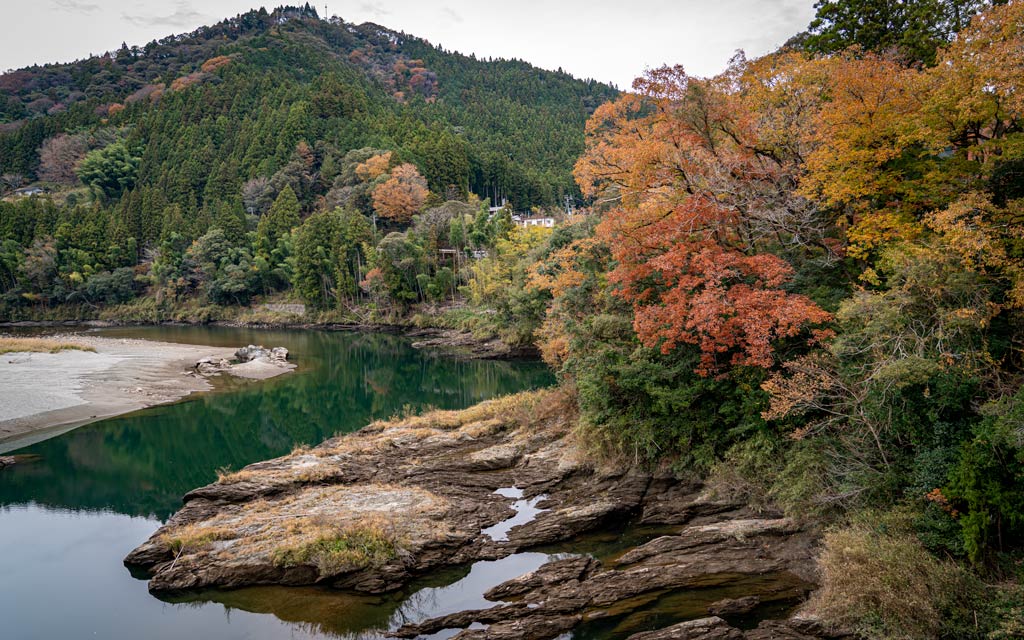
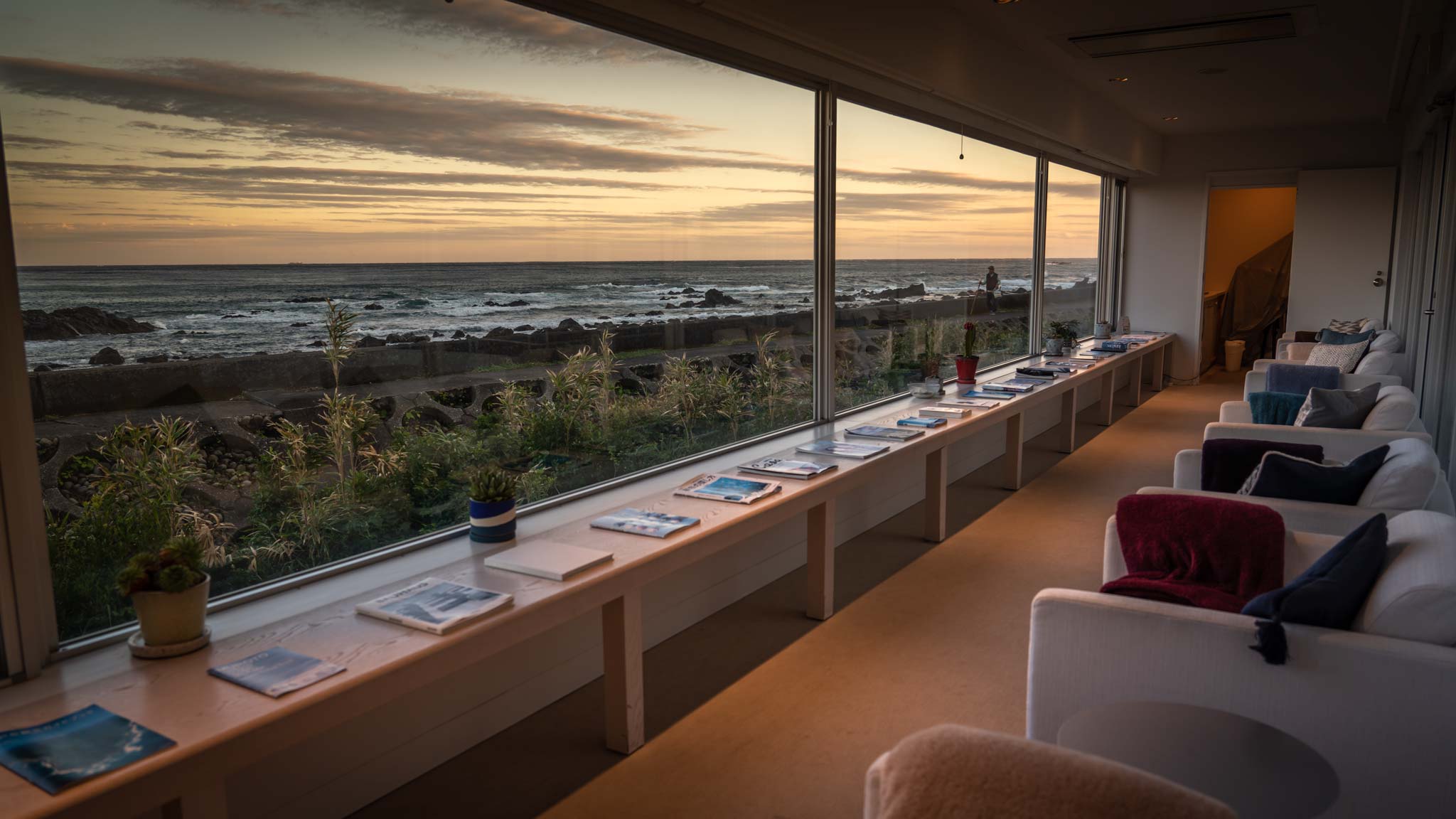
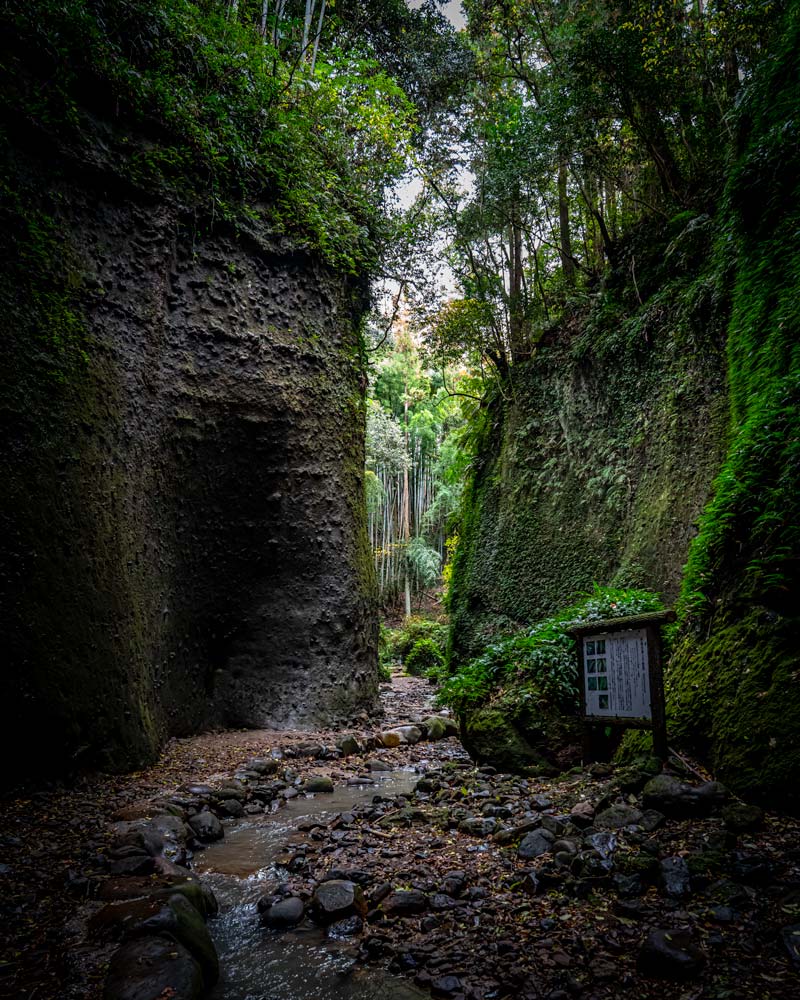
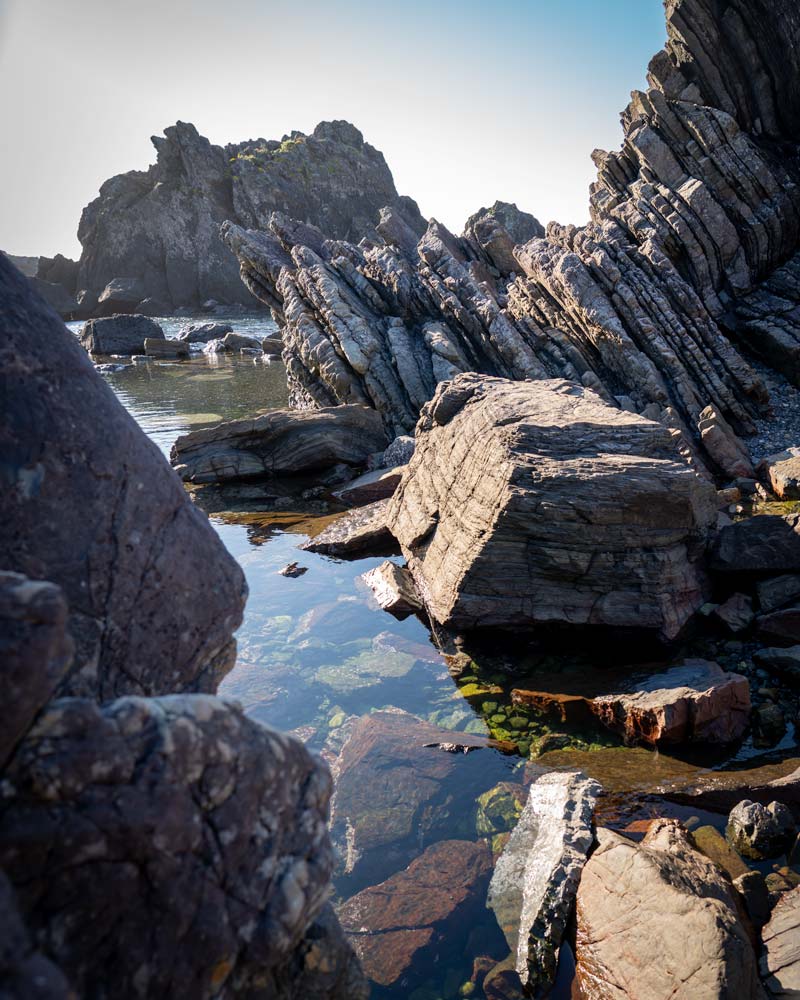
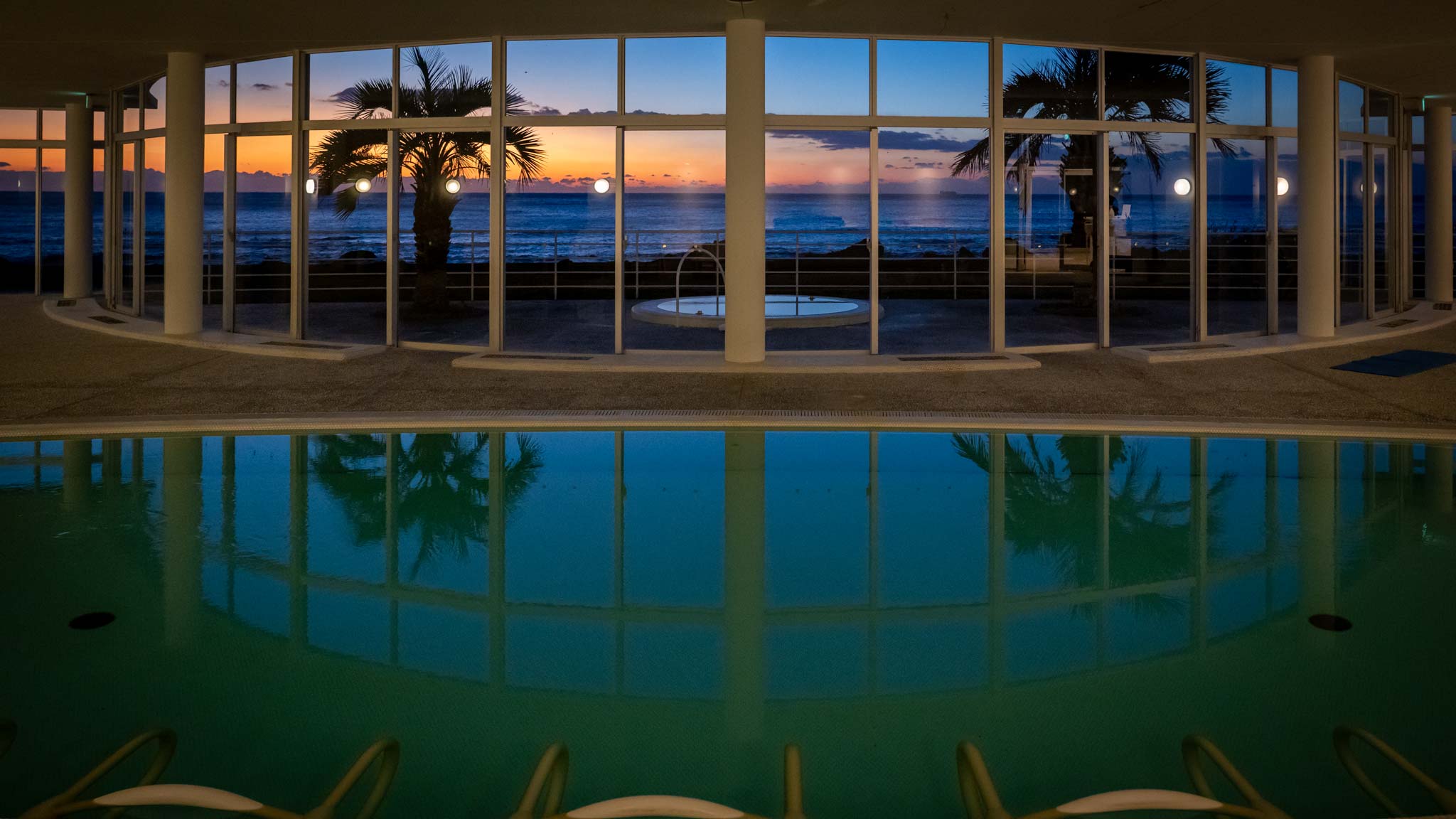
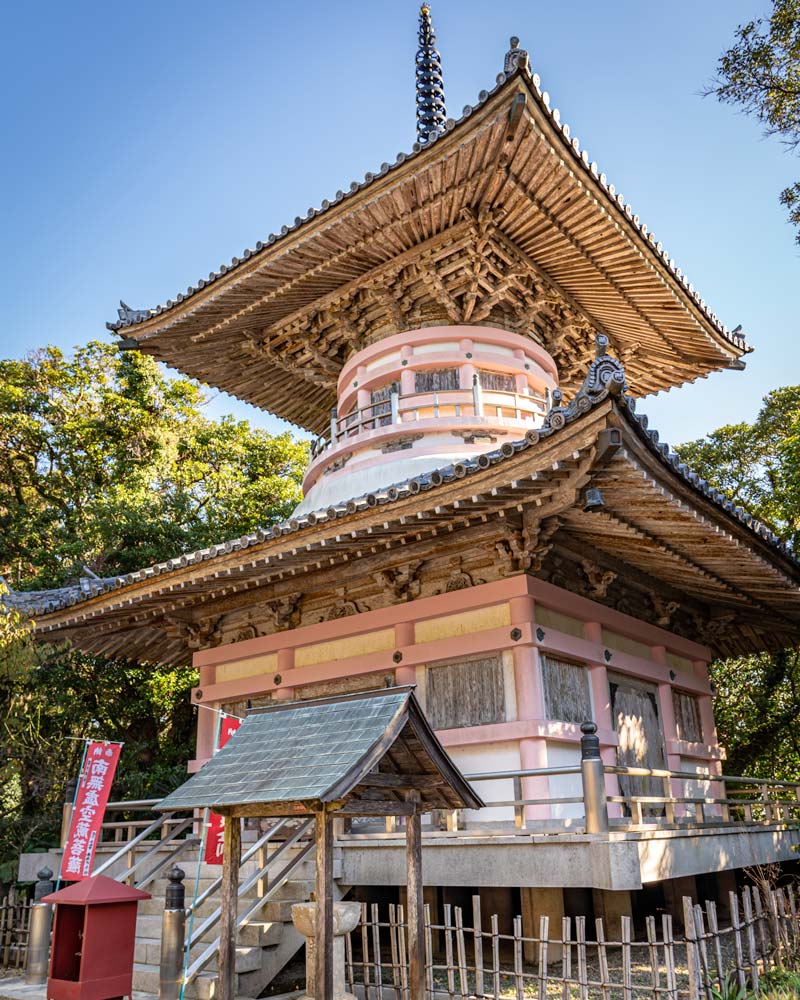
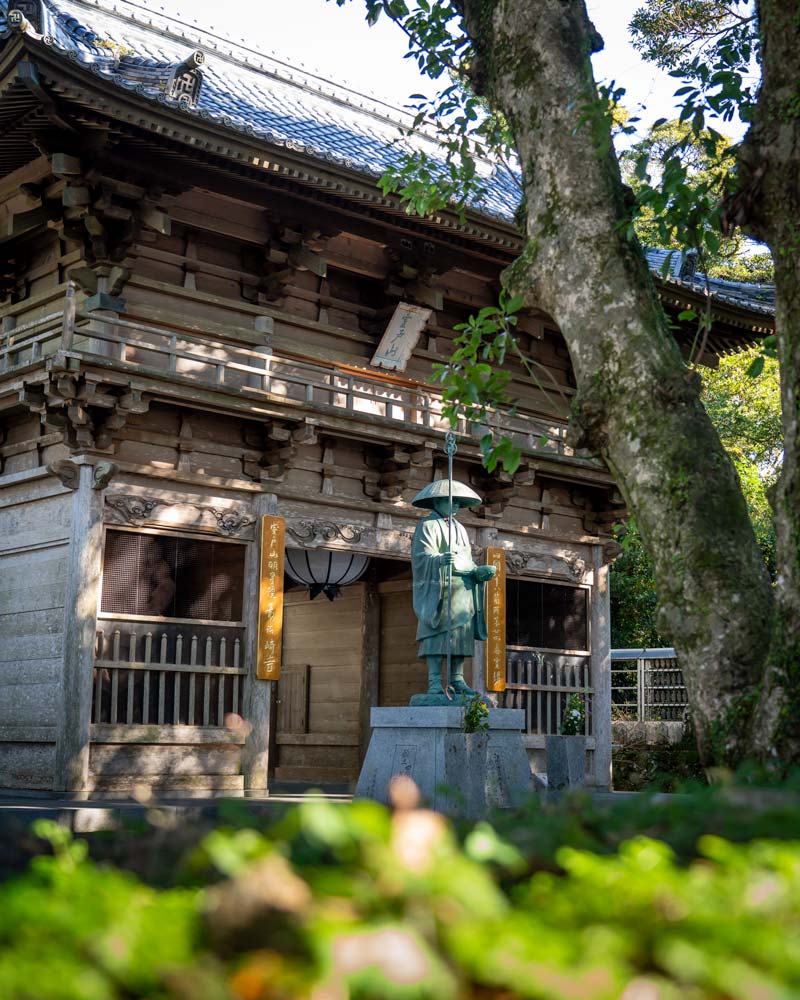
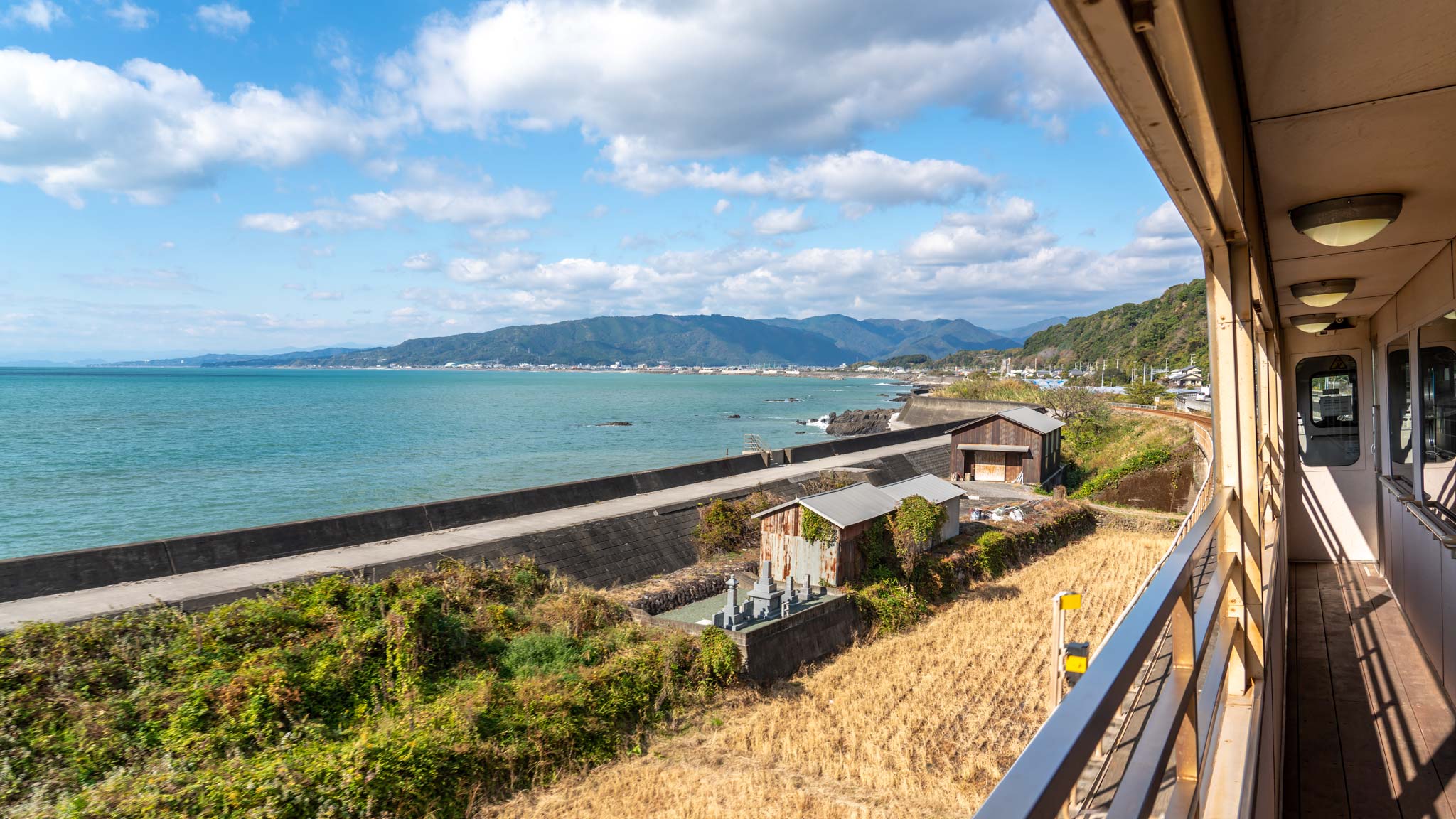
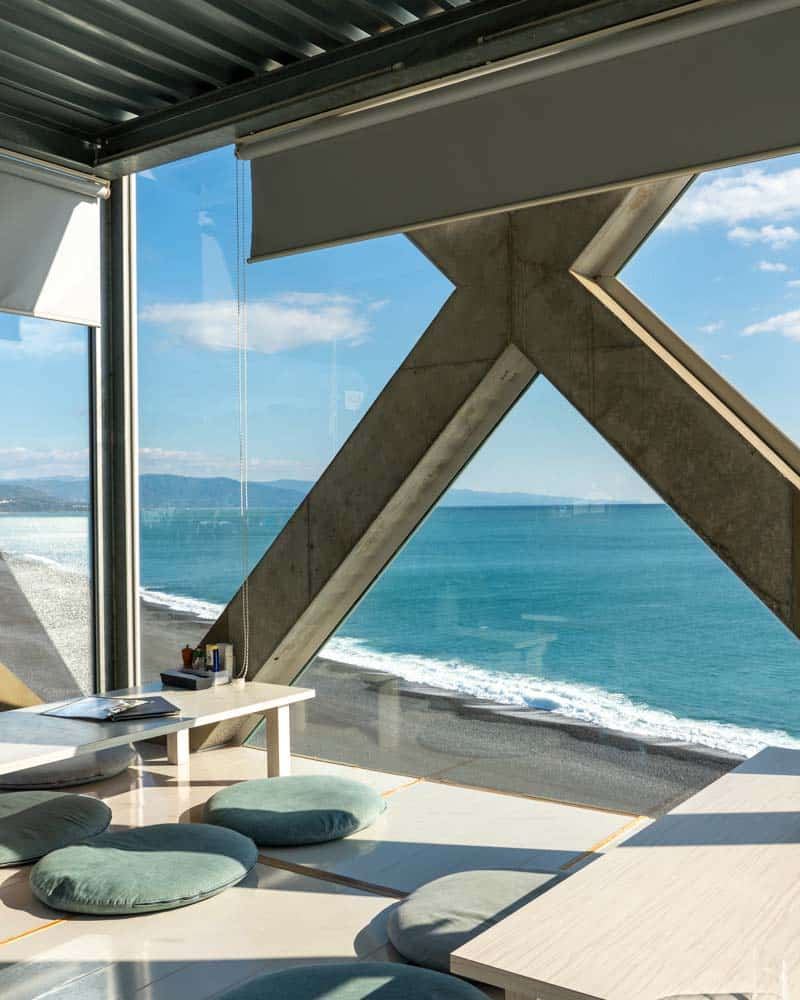

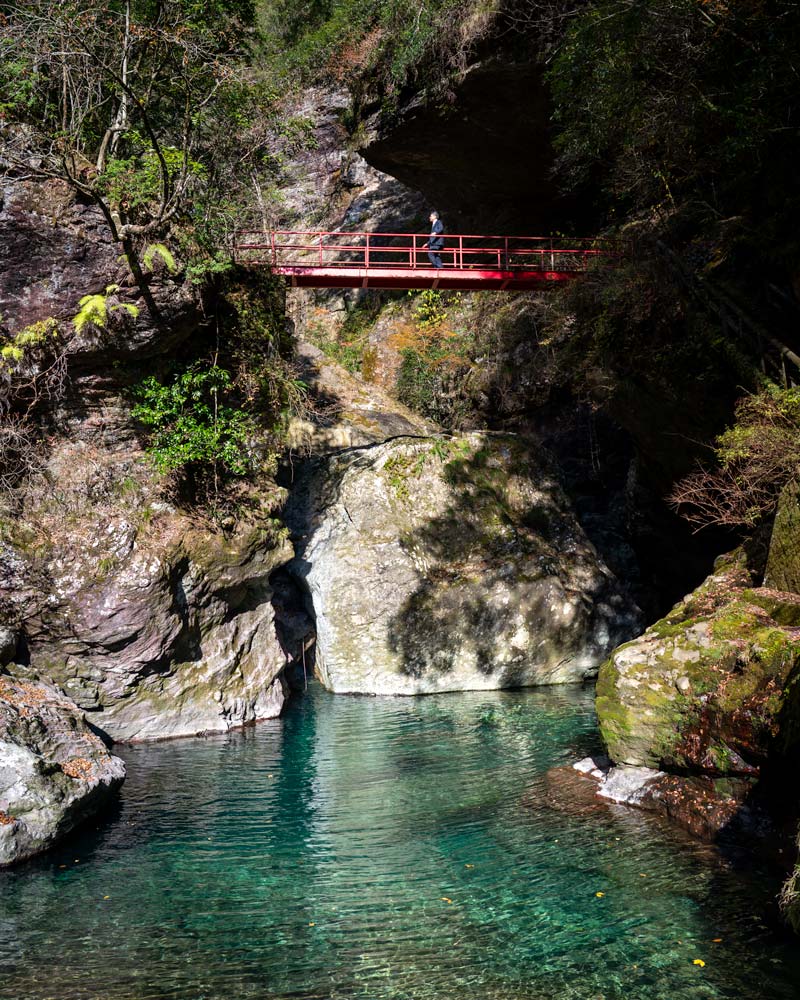
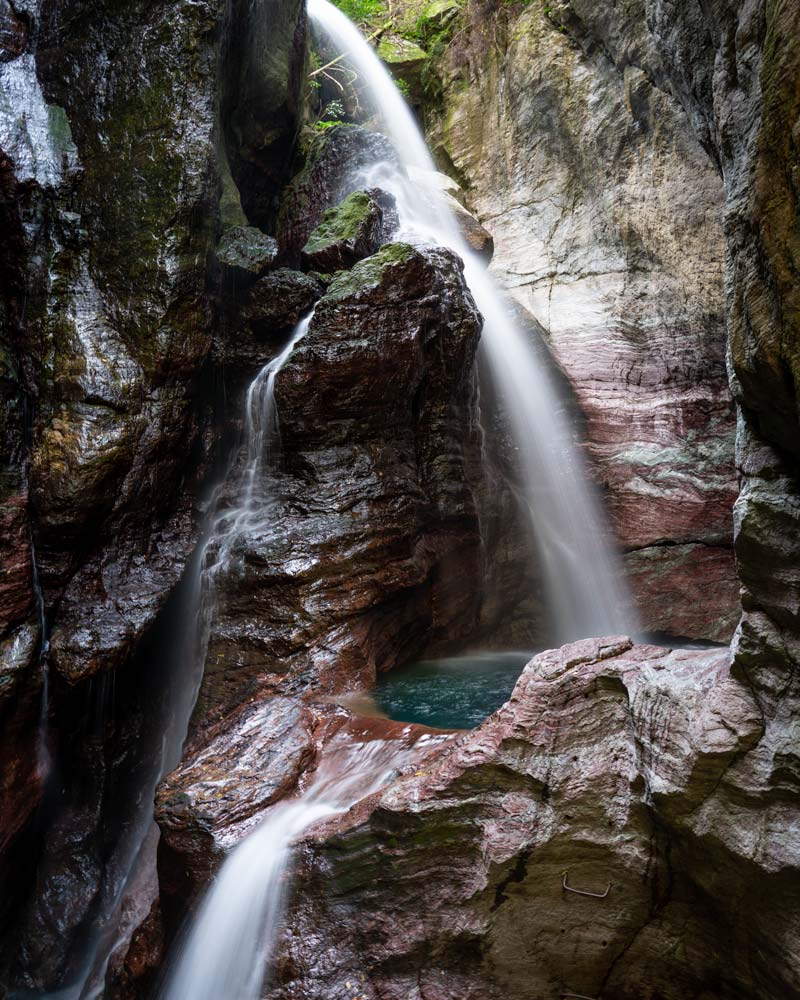
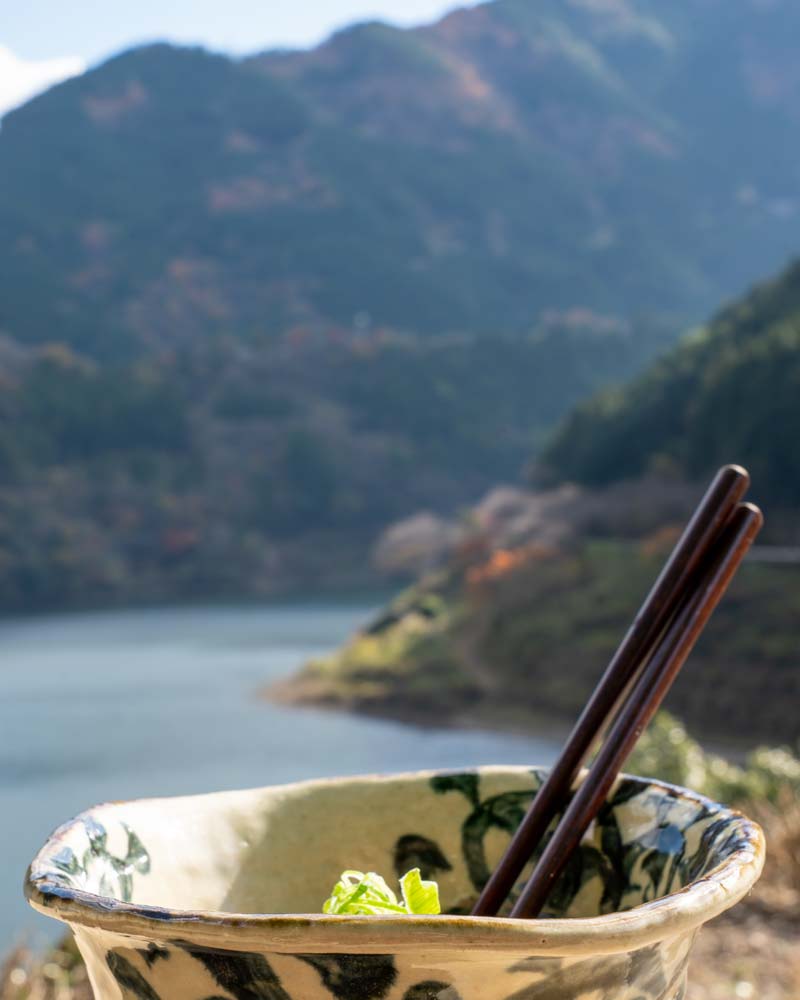
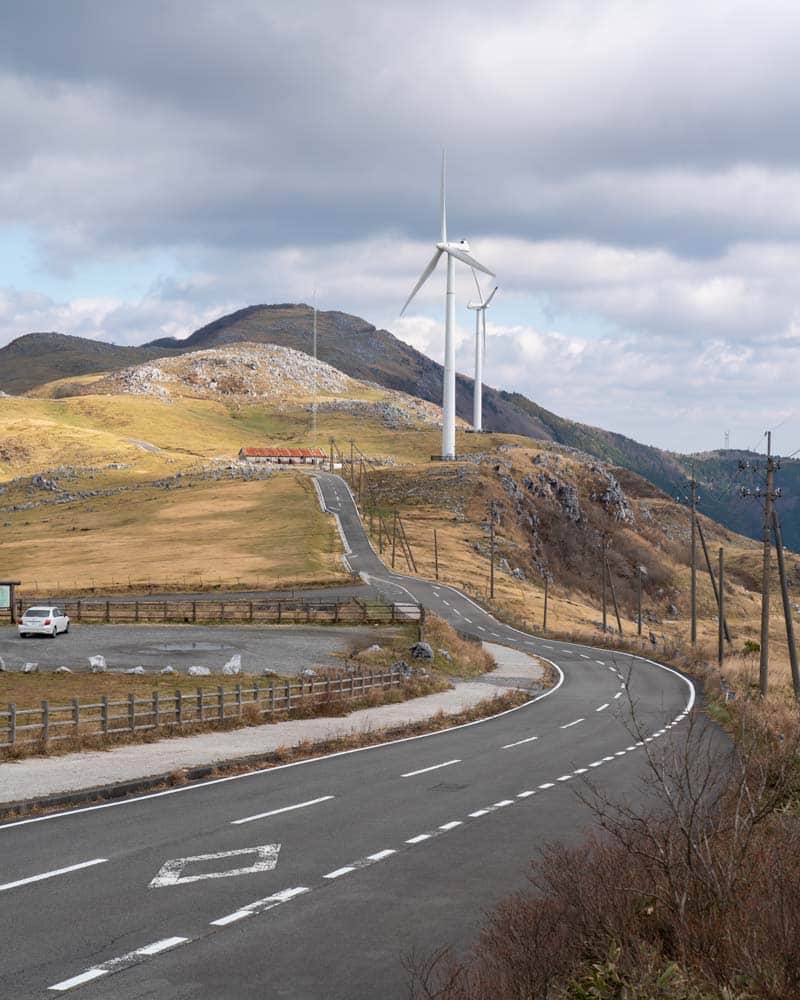
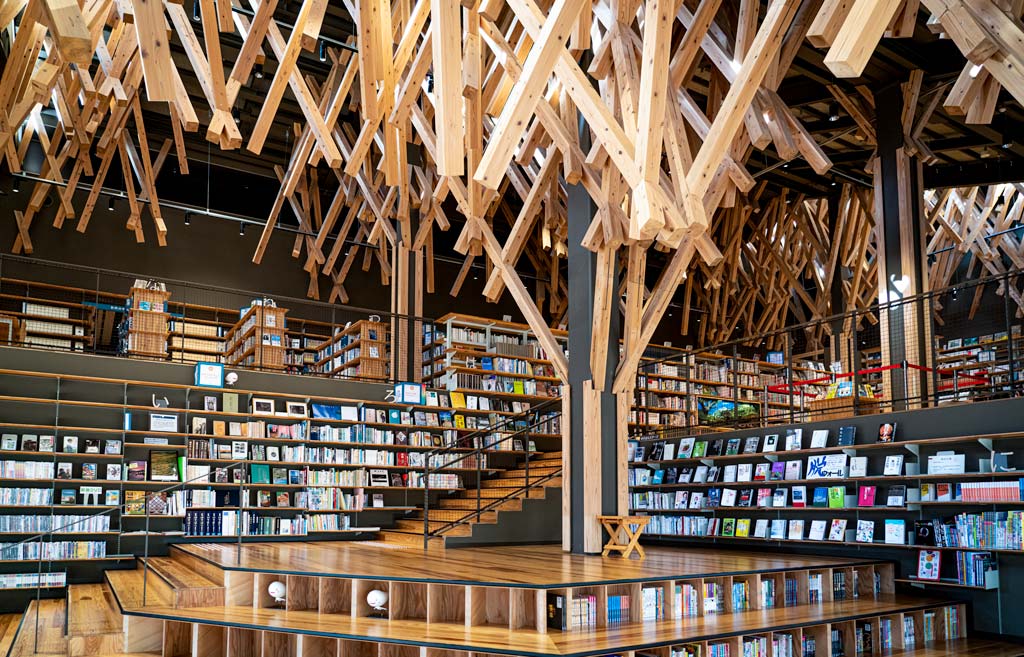
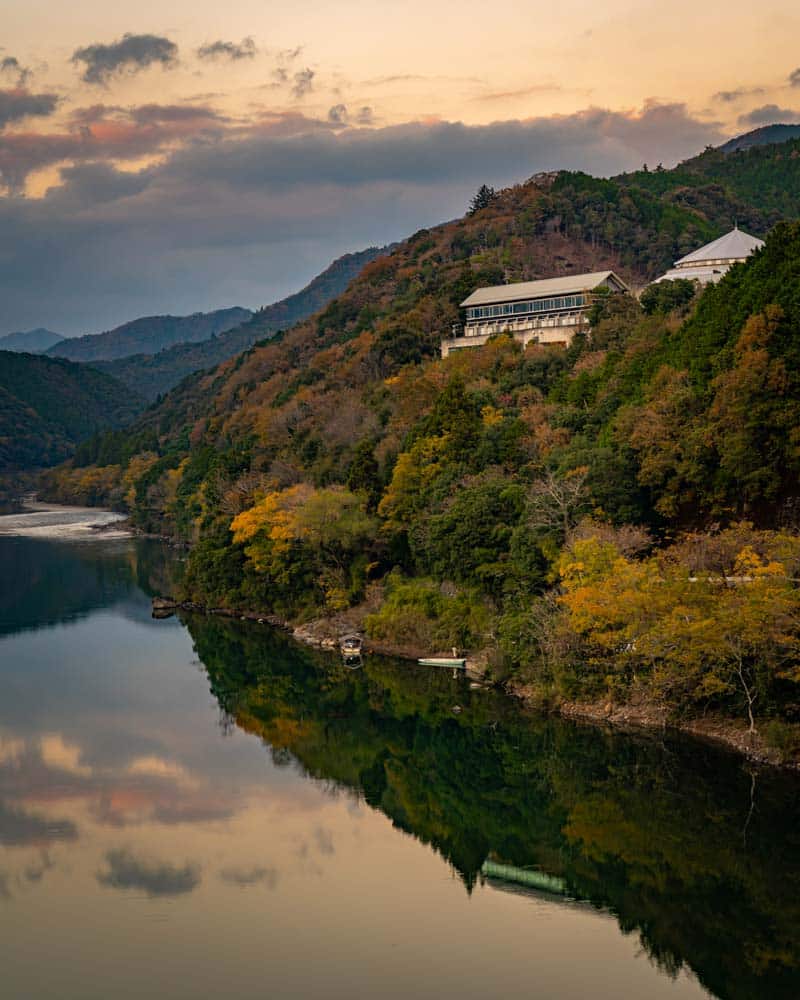
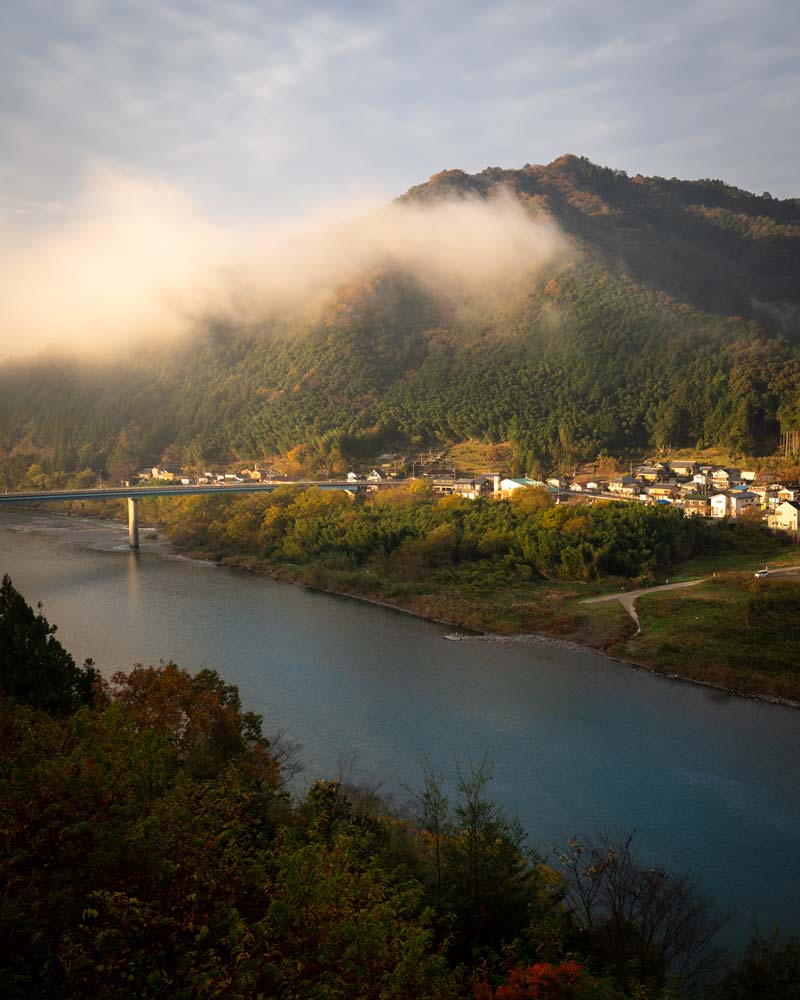
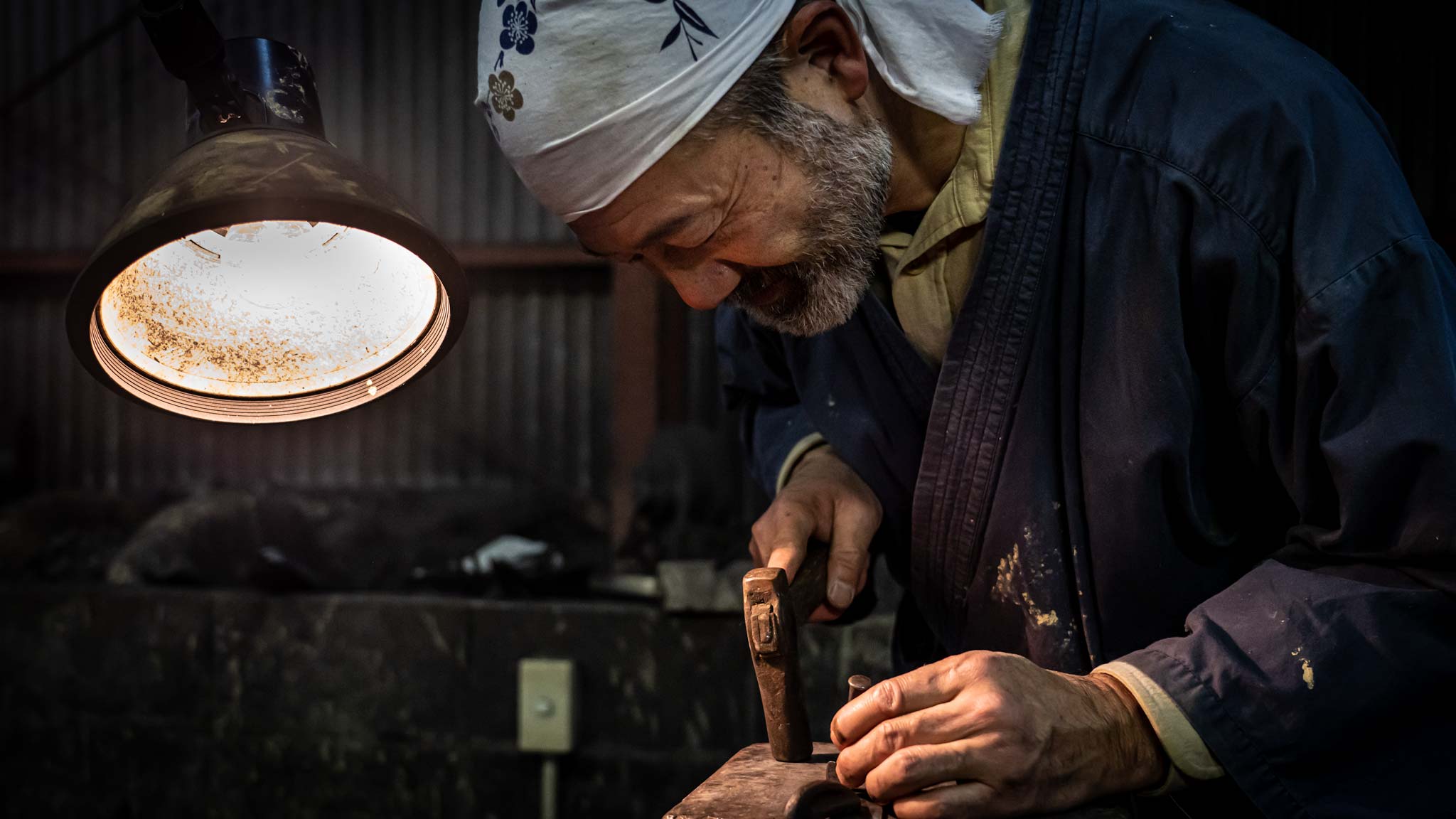
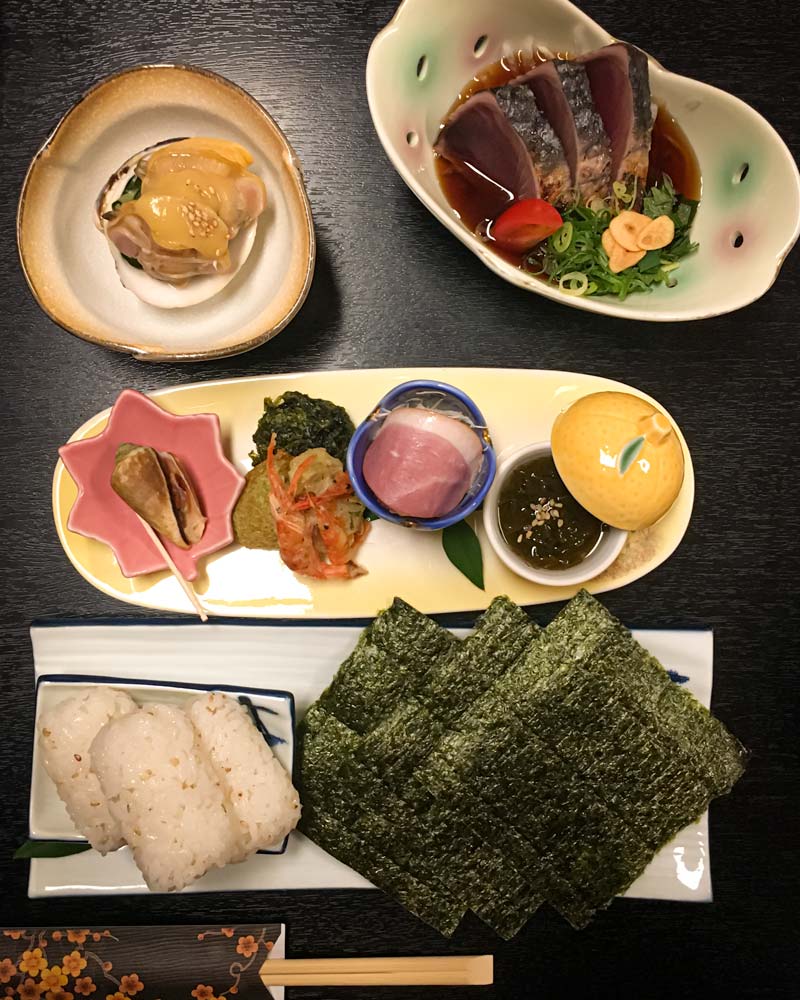
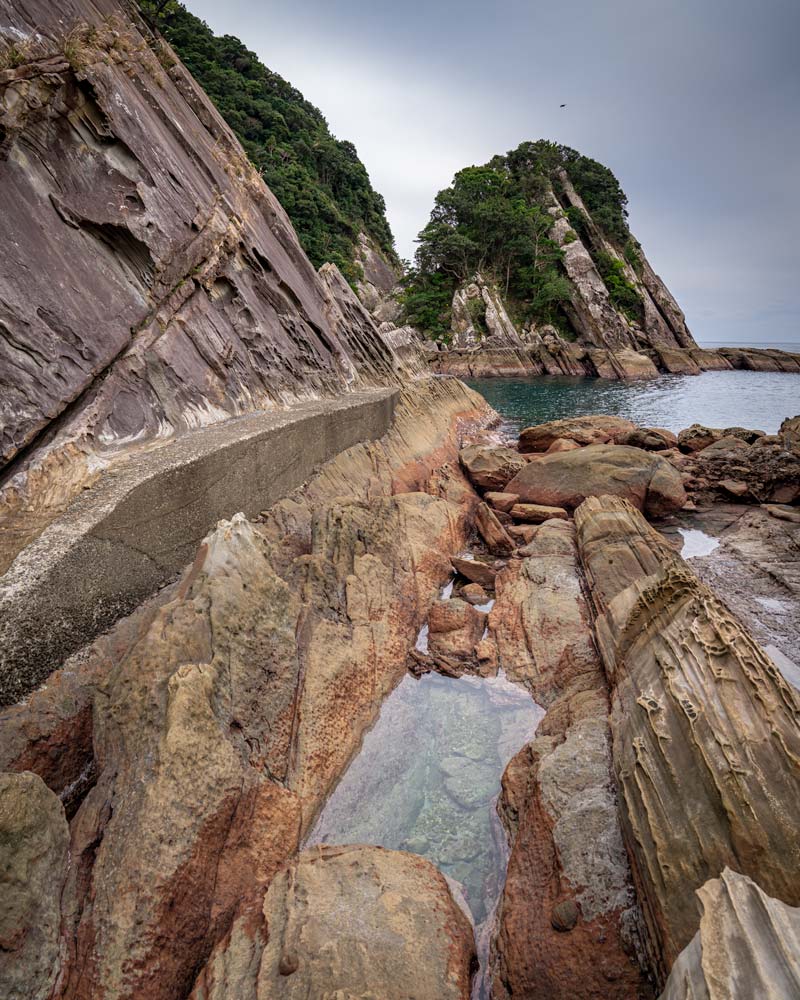
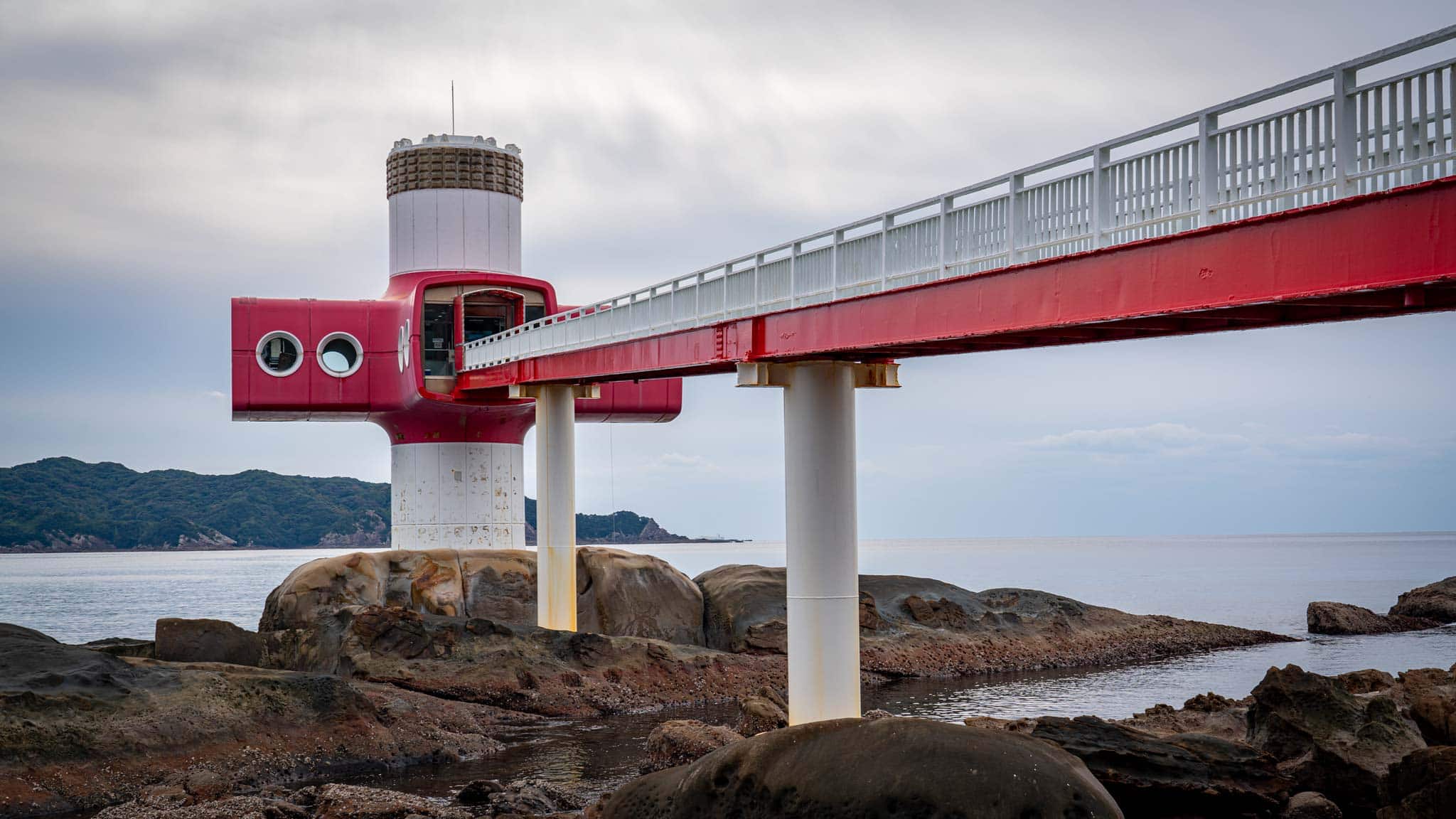
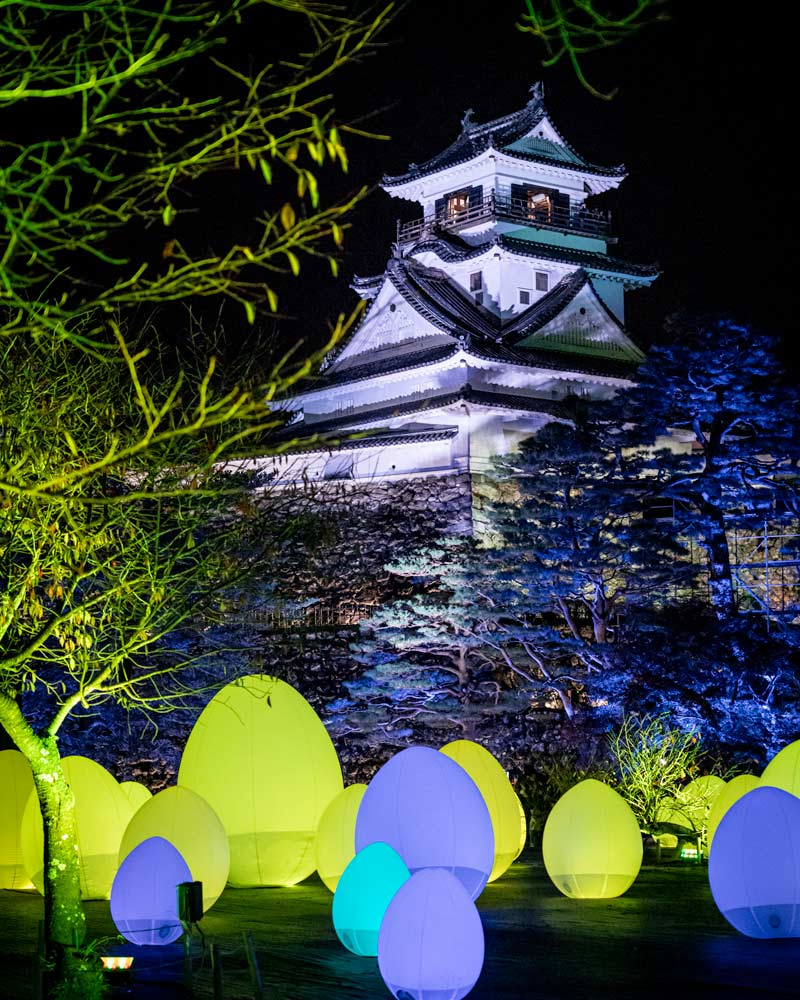
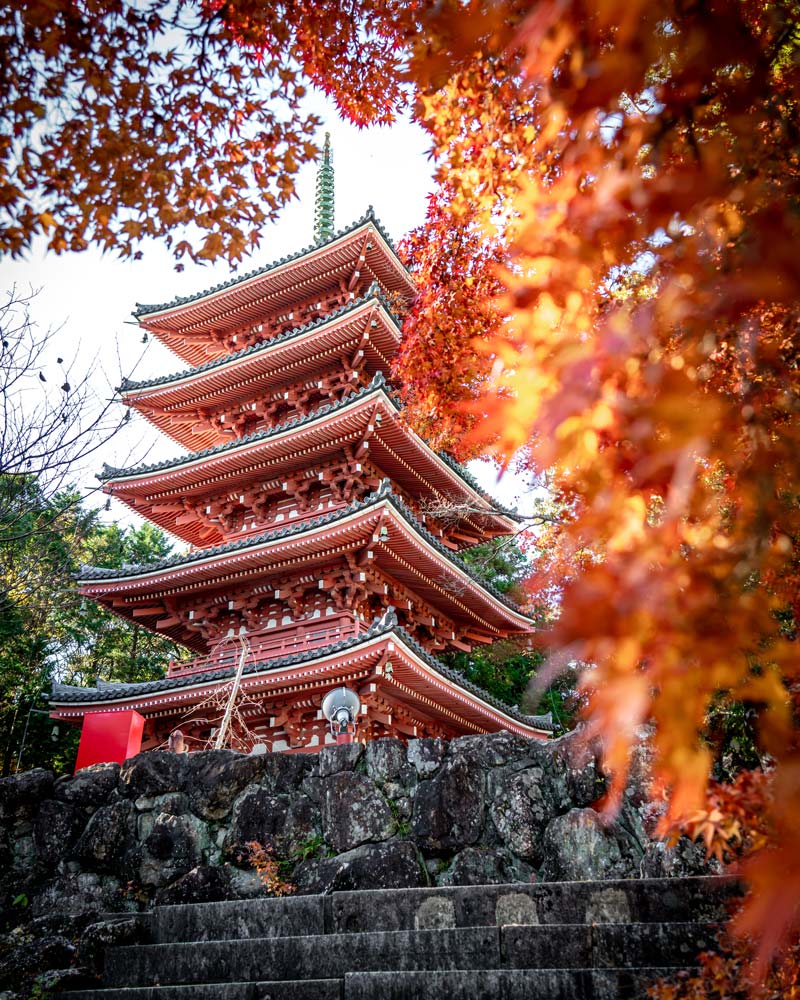
Comments
Post a Comment